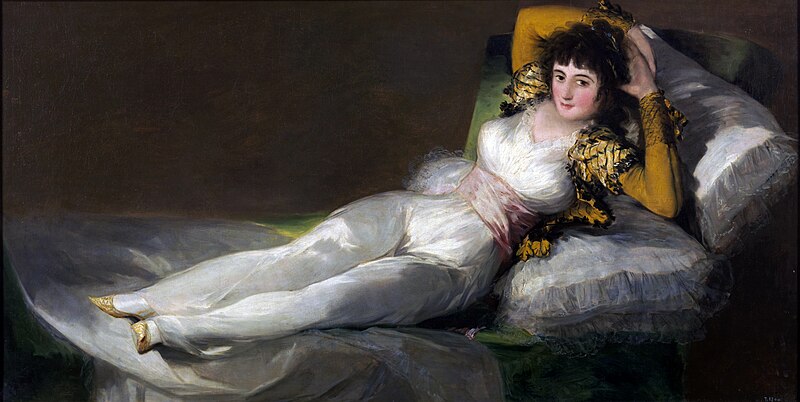June 10th-13th, 2012
We left Calgary on a Sunday morning, connected in Amsterdam and arrived in Spain about 15 hours later. We were tired but excited to be there so we went for a walk. The Buen Retiro Park is one of the largest parks in Spain. It happened to be quite close to where we were staying. The park belonged to the Spanish Monarchy until the late 19th century, when it became a public park.
In the park were many things to look at. The Palacio de Cristal (Crystal Palace) was built in 1887 to exhibit flora and fauna from the Philippines.
In 1902, a national contest was held to design a monument for King Alfonso XII. The winner was the architect José Grases Riera, whose design consisted of a grand colonade alongside a pond in El Retiro, with several sculptures surrounding an equestrian statue of the king, with everything constructed in bronze and marble.
Amazing trees, shrubs and flowers!
The Entrance to the Park
Think these cars are parked a little bit too close?
This is a picture of the 2 bedroom apartment building we stayed in. It was a "vacation by owner" rental so that we could stay in a non-touristy area.
The Plaza Mayor is Madrid's main square. It is located right in the centre of
the city and was inaugurated in 1620 during Felipe III's reign, whose statue sits in the centre of the square. Public executions, crowning ceremonies, bullfights and Inquisition trials have all taken place right here.
The Palacio Real de Madrid (The Royal Palace of Madrid) is the official residence of the Spanish Royal Family in the city of Madrid, but it is only used for state ceremonies. King Juan Carlos and the Royal Family do not reside in the palace, choosing instead the more modest Palacio de la Zarzuela on the outskirts of Madrid. The last monarch who lived continuously in the palace was Alfonso XIII. The palace has 135,000 square metres (1,450,000 sq ft) of floorspace and contains 2800 rooms. It is the largest palace in Europe by floor area.

This is the "Hop-on, Hop-off" bus tour. It allowed us to get off at whatever site we wanted and then hop back on when we wanted. Once on the bus, we were given headphones that allowed us to listen to the ongoing commentary which supplied tourist information. LOVED this bus and loved cruising Madrid (instead of walking :).
The Museo del Prado (The Prado Museum) is the main Spanish national art museum. A special Rafael exhibit had just opened the day we were there. No, not the Teenage Mutant Ninja Turtle. We saw a Rembrandt (Karen's fav.), a lot of Velazquez and Goya.
Apparently, the painting below is the museum's most famous by Deigo Velazquez.
Warren liked this painting - we saw it on posters and postcards everywhere. Except Goya painted two versions of this painting. The other one is a complete nude. It was the nude we saw everywhere. Nudity, as we would come to notice, is widely accepted in Spain...and art museums.
This was my first meal in Madrid. I had come to Spain expecting to not like the food - I had researched it. This sandwich made me hopeful that I wouldn't starve. This illusion did not last long. Here are some common foods in Spain: Oxtail Stew, Gazpacho (was actually yummy), paella (Ok), croquettes (take any ground up food, bread it and fry it), tortillas (like an omelet often with potatoes in it - pretty good!), Iberian ham, lamb, and lots of fish and seafood. My father-in-law enjoys seafood and even he could barely eat some of it. Why do shrimp need to have their eyes on still when brought to the table and who wants to eat octopus?? The Spanish seem to think french fries are fancy food.
Interesting fact - ham is a historically important food. The people of the Iberian Peninsula ate pork and ham in their diet, even in the Roman era. However, when the Moors conquered the Peninsula, because of their religious beliefs, eating pork was prohibited. After the Christians regained control they forced the Muslims and Jews to either convert to Christianity, go into exile or be executed. Eating ham could prove you were Christian!
This is the soccer stadium that is home to the Real Madrid team. It can seat 80,000 people and has 70,000 season ticket holders!
The Cathedral Alamundens took 100 years to build.
I wasn't aware that people liked to be buried in Catholic Cathedrals. Kings and Queens as well as anyone who donated large sums of money to build the Cathedrals could be buried in the buildings. We saw a tomb/grave that was as recent as 2009.
An open air market where we had our first tapas experience. Tapas are basically appetizers that are eaten after 8pm. The Spanish have coffee and a pastry (churros) for breakfast, eat their big meal at 2pm and then tapas or a light snack in the evening. I found some really great things to eat in this market :)
These women in the Market were promoting their show. I don't think it was flamenco but some kind of dance/music show. There was a little girl with the women (about 2 years old) and she was copying every move they made. It was really cute.























No comments:
Post a Comment